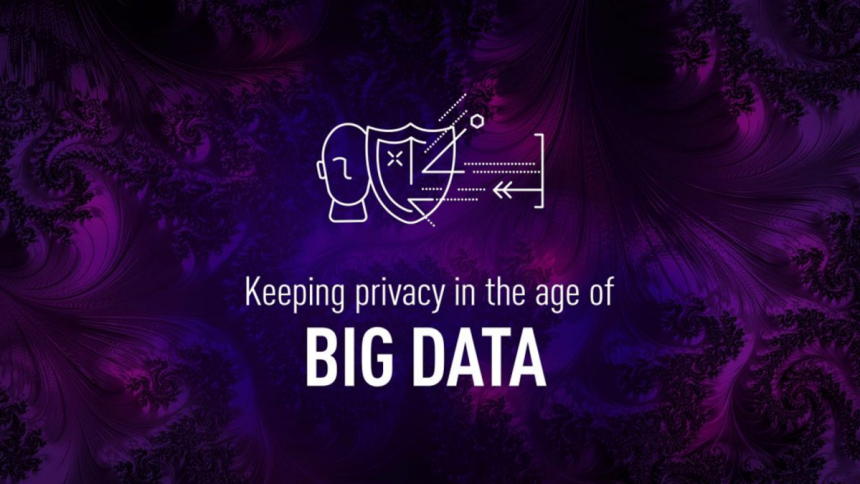There is a need to strike the right balance between privacy and the use of data, especially in a Large Data environment. Through the use of advanced encryption techniques, adherence to regulations as well as the adoption of ethical practices, companies and people should be able to safeguard important information, build trust and advance growth in the right manner.
These strategies make sure that data is well protected while at the same time, it is fully utilized to its maximum potential for business growth.
Navigating Privacy Regulations and Compliance
As firms use big data solutions, privacy concerns and rules will remain important. GDPR in the EU and CCPA in the US imposed rigorous data protection requirements on companies. These rules introduce data protection, transparency, and personalisation.
Compliance requires proactively participating in data audits to identify and protect personal data, tight data security measures, and data breach protocols. Enterprises must also get express consent from data subjects before collecting their data and provide ways to check, change, or delete it. Unless the information is public like the list of famous poker players, personal data must be protected.
They carry heavy fines and damage to the company’s reputation if violated. Understanding changing laws and using compliance solutions are crucial. It eliminates typical legal risks and builds consumer trust by showing an organization is proactive in protecting client data.
Implementing Robust Data Encryption and Anonymization Techniques
In the big data era, huge enterprises must use powerful encryption and anonymisation to protect their data. When data is intercepted, the passer cannot understand it because encryption makes it unreadable without decryption keys. It’s hard to relate data to people because this method hides identification details. These strategies safeguard against data breaches, hacks, and unauthorized access.
It safeguards data identification, authentication, and confidentiality. Thus, AES and differential privacy are useful. Constant threats require revisions and checks, thus these policies cannot be set in stone. Encryption and anonymization help organizations meet regulatory requirements and satisfy customers, who are increasingly worried about privacy. Protecting personal data improves online security for the public.
Balancing Data Utility and Privacy: Ethical Considerations
Data privacy and utility are interwoven and highlight the ethical difficulties of using large data for innovation and objectives while protecting privacy. Many organizations struggle with data analysis that eliminates individual identity. This was crucial to ensuring institutions balanced data handling and protection.
Ethics starts with minimizing data and using it specifically. Differential privacy, which adds a small amount of noise to data to prevent re-identification, lets organizations work with data patterns without revealing personal details.
Companies need clear data use guidelines, especially for ethical and legal purposes. Frequent ethical audits and stakeholder communication can help identify and eliminate privacy issues. Thus, prioritizing ethical data practices allows companies to innovate while protecting privacy and public trust. Thus, this balance allows responsible data usage for growth while protecting rights.
Conclusion
Balancing privacy and data utility is essential in the age of big data. By implementing robust encryption, complying with regulations, and embracing ethical practices, businesses and individuals can protect sensitive information, foster trust, and drive innovation responsibly. These strategies ensure data privacy while leveraging its full growth potential.
Lynn Martelli is an editor at Readability. She received her MFA in Creative Writing from Antioch University and has worked as an editor for over 10 years. Lynn has edited a wide variety of books, including fiction, non-fiction, memoirs, and more. In her free time, Lynn enjoys reading, writing, and spending time with her family and friends.















